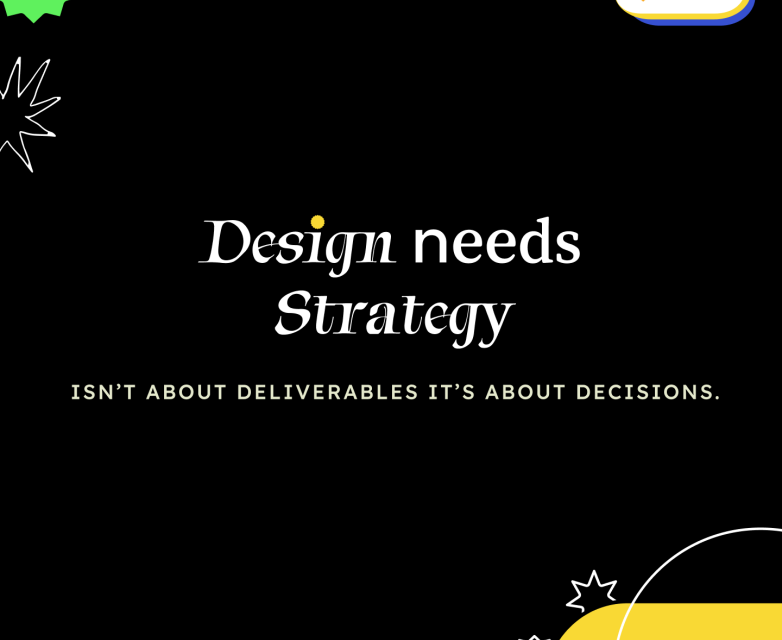Most designers start with a tool. I started with a problem. That problem kept changing, the problem that kept me up all night. Sometimes it was a confusing website flow, sometimes it was the meeting with the client, sometimes a brand with no soul, sometimes a student asking, “Why does this even matter?”
In my experience, I’ve moved across UI/UX, branding, graphic design, and education. It gave me a lens that goes beyond just pushing pixels: I see design as decision-making at every level, from user journeys to color palettes to how people think.
When you work as a strategist, you stop asking, “What should this screen look like?” and start asking, “Why does this even exist?”
I’ve learned to zoom out. Branding isn’t just a logo, it’s the tone, values, and first impressions. UX isn’t just wireframes, it’s trust.
The deeper I got into strategy, the more I realized: the real work of design happens before the first pixel is placed. It’s in the choices you make, the questions you ask, and the clarity you bring to chaos.
Stepping into teaching wasn’t a detour, it was a feedback loop. When you explain design to someone else, you confront your assumptions. You break down your process, your instinct, your “I just know this works” and you’re forced to make it clear, logical, and real. That process made me a better designer. It reminded me that the foundations of visual hierarchy, composition, color, and storytelling aren’t just things you learn once and move on from. They’re tools you revisit constantly, whether you’re designing a homepage or building a pitch deck.
There’s pressure today to specialize quickly. Learn the tool. Master the workflow. Get hired. But many of the biggest design problems I’ve seen don’t need tighter execution, they need better thinking. That’s where designers with a strategy mindset thrive. They connect the dots. They translate business goals into design choices. They keep the experience cohesive from first touchpoint to final click.
“Design isn’t about just making things look good, it’s about thinking strategically, and that mindset becomes even more important when you move from Classroom to Studio”
That’s what makes it meaningful.



Recent Comments